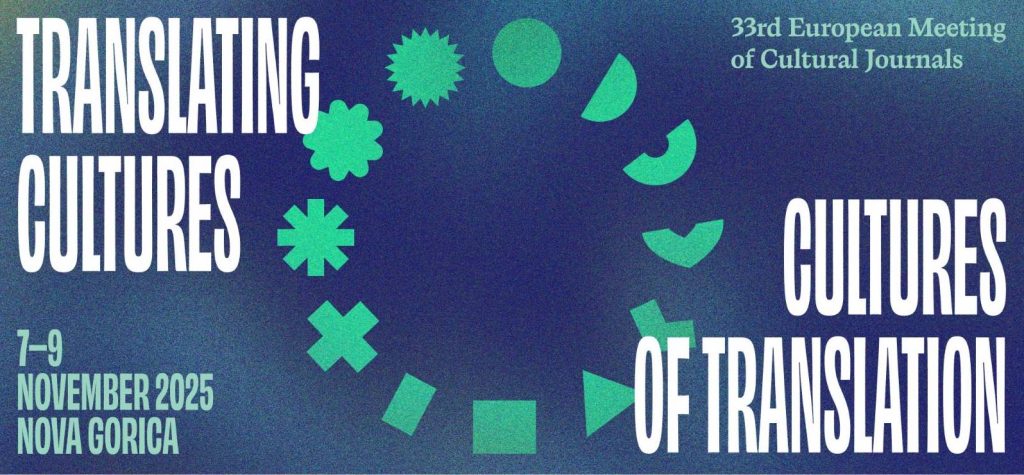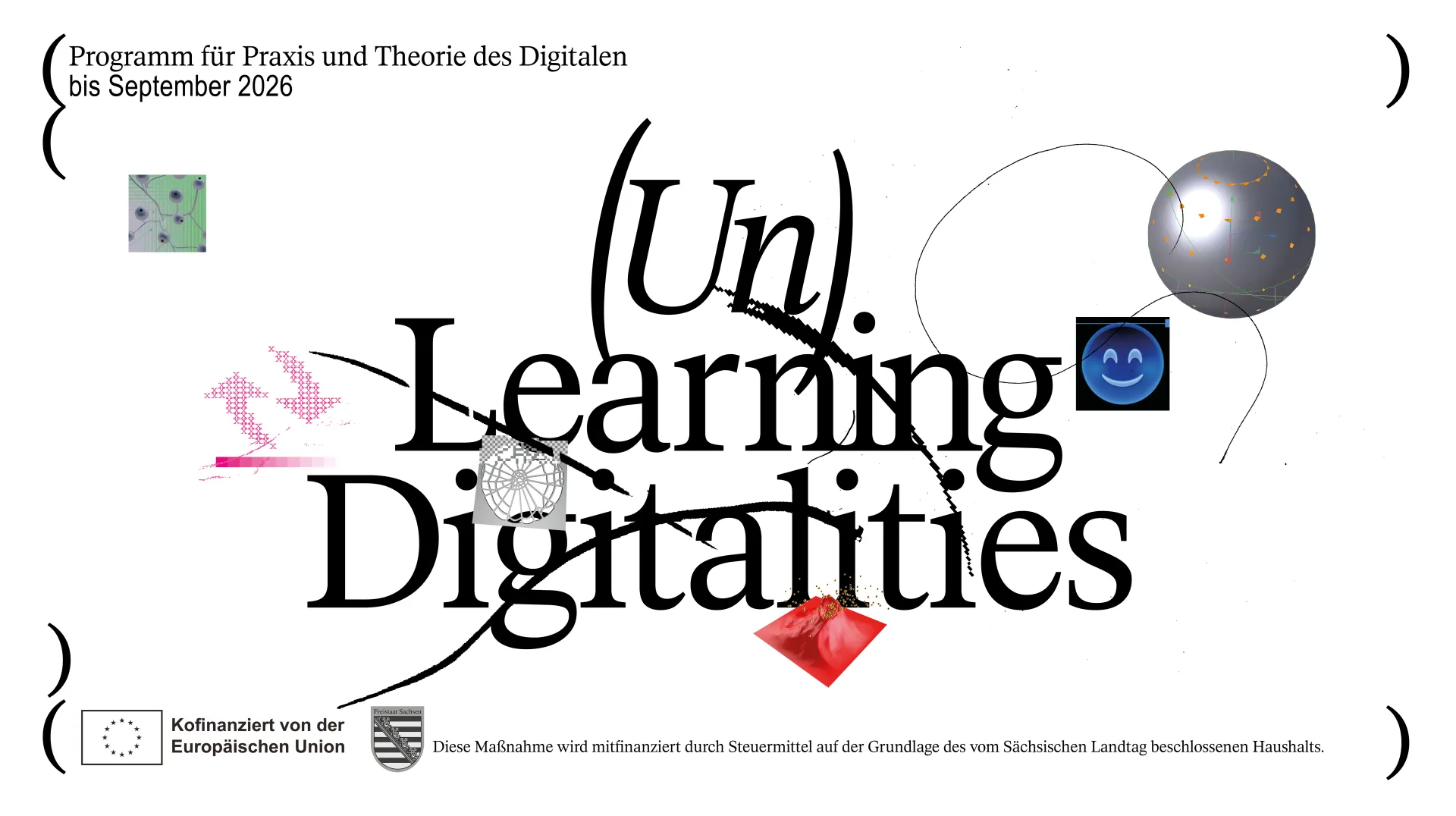How can we introduce students to research in art and design from the start of their studies? How can we assist them in articulating their creative and artistic research? What commonalities exist across research disciplines at the academy? These questions spurred the launch of the 'Conversations in Doing Research' project by the Willem de Kooning Academy Research Station in late 2021. The project led to the development of the 'Circle of Doing Research,' an open model for designing, describing, and reflecting on research by both students and faculty. In this article, we interviewed Graphic Design and Research Tutor Harma Staal, Visual Artist and Research Tutor Jojanneke Gijsen, and Practice-oriented Research Professor Florian Cramer to delve into the development, implications, and significance of this project at WdKA.
 Circle of Doing Research
Circle of Doing Research
The Circle of Doing Research is a model that consists of six components. Firstly, research by making, research of context, and participatory research form the foundation. On top of these lies the ‘spinner’: documenting, reflecting, and making public, ensure that the knowledge and data produced become part of a structured research process. The process can begin and end anywhere and move through several iterations. It is a model in motion in which each student and teacher can find their own route. The important thing is that in the process, making, practice, theory, and reflection come together.
The need for an open, yet structured model
This project was initiated by Miriam Rasch Jojanneke Gijsen, and Harma Staal. By talking to students, reviewing graduation reserach, screening the curricula and having conversations with course leaders, they signaled a need for a shared vocabulary and developed a research model that could support the research process of students. “We noticed that a lot of students had a hard time properly communicate how their research and making process comes together. We therefore felt the need to start a project that maps out all the different components of doing research in a structured way, with the hope it can help and emancipate students to feel more confident about their way of researching”, says Jojanneke.
An important part of the circle of research, is the fact that there is no hierarchy between the research methods. Both Jojanneke and Harma emphasize on the importance of this: “It’s so important to let students know that every starting point of research is perfectly fine, and that there is not one way to do it. There are many ways that you can work with this model, and every student has another starting point”, says Jojanneke. Harma, the person who designed the visual model, adds: “I tried to design the model in a way that is open for everybody’s own
interpretation. Every student develops their own research practice, and the model offers them the space to do so.” Thus, every student needs to find their own way when it comes to doing research, and the circle can be a way to help them in their process.
Multifaceted and multi-interpretable
The Circle of Doing is multifaceted and multi-interpretable, which is shown by the diversity and flexibility of the model. The generic qualities of the model are very important for the wide operability of it. Florian emphasizes this generic aspect: "The circle is a model that can, in principle, be applied to any form of research. Its virtue is that it makes basic components of research explicit and shows their interconnectedness. In art and design practice-based research, there is no boundary between research and making. Research and experimentation are woven into this practice so that you cannot really separate them. This is reflected in the circle model, too."The interconnectivity of the different components within the model was one of the most important aspects that was considered during the design process. Designer Harma says that she translated this aspect of interconnectivity into the model by using soft, round and transparent shapes: “The dotted lines need to show that there are no hard boundaries between the research components, everything is connected and often there is overlap. I tried to show the flexibility and dynamics of a research process. All components are influencing each other and the circle and spinner ‘turn’ and show new connections. The boundaries are not strict since a research process is not linear but rather fluid.”
A conversation piece
The circle was designed to be a conversation piece; a tool that can be used to shape and guide conversations and reflections about doing research. The idea is that it both facilitates and improves communication between tutors and students. “The visual aspect of this model explains a lot already. I noticed that a lot of people, both tutors and students, immediately recognized some elements and saw the connections between them. It clearly resonated with them, which makes it way easier to start a conversation. Art students and tutors are often very visually focused, which makes this a great tool within our education system,” says Harma. This underwrites the importance of a research model that not only holds a theory but is also translated in a visual form. “There are so many ways to start a conversation and spread information and I think our talents as artists and designers, is that we have the ability to create visual products that tell a story. Why not use that ability to help us create?", says Harma.
Testing by doing
Currently, the model is being tested in practice by hosting crash courses for first years and graduation kick-offs with fourth years. The crash courses are being organized by the research station in collaboration with the major department, to make sure the course is carefully connected to the programme. “To us, it is very important that this the model will be integrated throughout the study programme so that it truly has an impact on the students”, states Jojanneke. The crash course consists out of a general introduction of the Circle of Doing Research and is followed by a guest lecture by a recent graduate of that specific major, who will tell the students about their research process during their graduation project. By doing that, the theory of the model can be connected to the reality of doing research.
Currently the focus lies on testing, reflecting, and implementing the model together with all departments. The idea is that the model eventually will be implemented throughout all four years of each programme so that it can support all students throughout their artistic development at WdKA.
Podcast
One of our student podcast hosts, Zuzanna Klimkiewicz, who hosts the podcast ‘Student Life,’ visited one of these crash courses and recorded a podcast afterward that contains her insights about doing research but also includes experiences of first-year students after the crash course and a conversation about research and graduation with two alumni: Sadie Girigorie and Julia Gat. You can listen to the episode via this link.
 Student Life Podcast: Research Special
Student Life Podcast: Research Special
Do you want to learn more about the different elements of the Circle of Doing Research? Visit this page.

